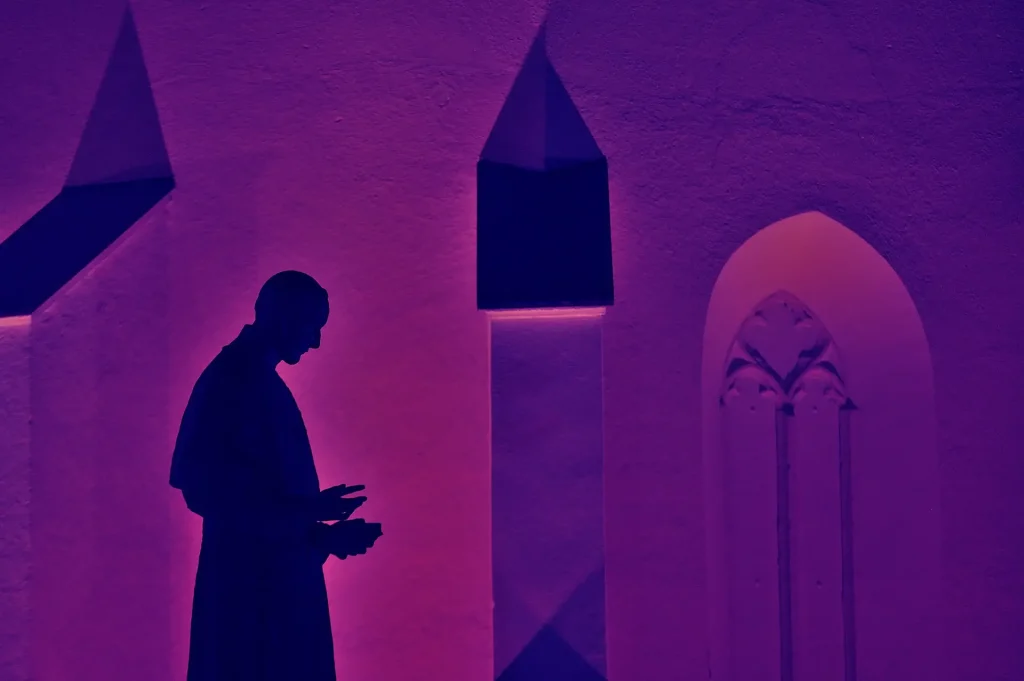IKA quoted the Zrenjanin Catholic Bishop Ladislav Német as saying that the controversial icon was painted over by white and that news items about Bela Crkva and the icon depicting Stepinac in the hell were no longer topical.
The news about the controversial fresco was broken by the direktno.hr news website on 16 January. The fresco depicting the hell and the Blessed Stepinac in it was painted on a wall of the Serb Orthodox Church of Saint John in Bela Crkva, a town in the region of Banat, which is in the eastern parts of the Serbian province of Vojvodina.
The whole case prompted the Catholic Archbishop of Belgrade, Stanislav Hočevar, to say that depicting a saint in the hell was an insult to God.
He told the Croatian national broadcaster (HRT) that he would try to solve this issue through dialogue.
He also apologised to the Catholic faithful in Croatia for the belated reaction of the Catholic Church in Vojvodina and Serbia to this case.
Archbishop Hočevar said that this would be also a topic of his talks with the Apostolic Nuncio in Serbia on Saturday.
Pope John Paul II declared Alojzije Stepinac a martyr and beatified him at a ceremony in the Croatian Marian shrine of Marija Bistrica in 1998, when hundreds of thousands of Croatians gathered for that mass.
Later, Pope Francis decided to initiate the establishment of a joint commission to study the historical truth on Croatian Cardinal Alojzije Stepinac and to shed light on the historical role of this Zagreb Archbishop at the time of the WWII Independent State of Croatia (NDH) and the Ustasha crimes in the Jasenovac concentration camp, before the decision on his canonisation.
After the Second World War, Stepinac was persecuted by the Communist authorities in the Tito-led Yugoslavia. In 1945 he declined Tito’s proposal to establish a national Catholic church separate from Rome.
In July 2016, Zagreb County Court annulled the Communist-era rulings against Zagreb Archbishop Alojzije Stepinac, who was sentenced in 1946 to 16 years in prison and forced labour and was stripped of his political and civil rights for five years.
Zagreb County Court established that the guilty verdict had grossly violated the then and the current principles of the criminal law.
Cardinal Stepinac (1898-1960) was the leading person of the Catholic Church in Croatia during World War Two. After the war, Communist authorities charged him with collaborating with the Ustasha regime of the Independent State of Croatia (1941-1945), although he publicly denounced the crimes of the pro-Nazi regime and actively helped provide sanctuary for those persecuted. Subsequently, Stepinac spent five years in prison and nine years under house arrest until he died.
In October 1946 the then Supreme Court found him guilty of all charges in his indictment.
In February 1992, the Croatian parliament adopted the declaration condemning the court decision and the process that led to it. The declaration states that the true reason of Stepinac’s imprisonment was his pointing out many Communist crimes and especially refusing to form a Croatian Catholic Church in schism with the Pope.
For more, check out our dedicated politics section.











